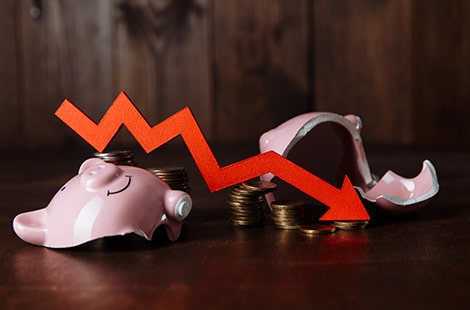The global market for automotive parts is expanding rapidly, but this growth brings a major challenge: the rise of counterfeit auto parts. These fakes undermine the automotive industry’s integrity and pose serious safety risks to consumers. Identifying these fake parts is crucial for both individual safety and the broader health of the automotive sector.
Understanding the risks
Counterfeit automotive parts include everything from minor components like filters and spark plugs to critical safety items like brake pads and airbags. While they often look like genuine parts, they lack the quality, reliability, and safety of authentic components, leading to premature failures and dangerous situations.
The Global issues of Counterfeit Automotive Parts
The proliferation of counterfeit automotive parts poses a significant risk to road safety, particularly in the UAE, where over Dh5 million worth of fake components have been seized in 2023. Oil filters, often sold at a fraction of the price of genuine parts and filled with unsuitable materials like newspapers, represent the most common counterfeit item. These substandard parts can lead to severe consequences, including engine fires.
Authorities have intensified crackdowns on garages and suppliers, confiscating a vast array of dangerous components, from oil filters and brake pads to motor oils and spark plugs. These counterfeit parts, not meeting the original manufacturers’ specifications or safety standards, have become increasingly prevalent online, a problem compounded by the ease of selling through platforms with minimal seller verification.
International efforts to combat counterfeits have resulted in major seizures and arrests, including a joint operation between the US, Japan, and China that targeted counterfeit airbags.
Mercedes-Benz reported a significant rise in counterfeit products, with over 1.86 million items seized in 2021, highlighting the challenge of online sales. The global trade in counterfeit automotive parts, a multi-billion-dollar industry, threatens vehicle safety and integrity, underscoring the need for better protective measures and consumer awareness.
Visual inspection
The first step in identifying a counterfeit part is visual inspection. Genuine parts typically have specific markings, such as serial numbers, logos, and holograms, that counterfeiters may not replicate accurately. Look for misspellings, poor-quality printing, or packaging that differs from what the original manufacturer provides. Authentic parts also come with detailed installation instructions and warranties, which counterfeit parts often lack.
Material quality
Counterfeit parts often use inferior materials to cut costs. For example, a fake brake pad might be made from cheaper, less durable materials, leading to faster wear and potential brake failure. If the part feels lighter than it should or exhibits any signs of poor craftsmanship, such as uneven surfaces, it might be counterfeit.
Performance issues
Another tell-tale sign of a counterfeit part is performance issues. If a newly installed part does not function as expected or causes your vehicle to behave unusually, it could be due to the inferior quality of a counterfeit part. Genuine parts are designed to meet the vehicle manufacturer’s specifications, ensuring optimal performance.
Price check
If the price of a spare part seems too good to be true, it probably is. Counterfeit parts are often sold at significantly lower prices to attract buyers looking for a bargain. However, the cost savings are not worth the risk of installing a potentially dangerous counterfeit part in your vehicle.
Purchases from reputable sources
One of the best ways to avoid counterfeit parts is to purchase directly from the vehicle manufacturer or authorized dealers. Reputable suppliers have systems in place to ensure the authenticity of the parts they sell, providing peace of mind and safety.
Ennoventure’s pivotal role in Automotive Safety and Integrity
Ennoventure’s approach transcends traditional brand protection methods by embedding security through its Invisible Signatures in the very essence of the product labels and packaging, making it impossible for counterfeiters to replicate. This method offers a dual benefit: it safeguards the manufacturer’s brand integrity and ensures consumer safety by guaranteeing the use of authentic, reliable parts. In an industry where safety is paramount, the peace of mind that comes from such secure measures is invaluable.
References
- https://www.khaleejtimes.com/business/fake-parts-threaten-road-safety-and-residual-car-value-in-uae
- https://www.thenationalnews.com/uae/2023/11/14/fake-car-parts-pose-a-serious-threat-to-road-safety/
- https://timesofindia.indiatimes.com/auto/cars/global-spike-in-fake-car-part-sales-since-lockdown-mercedes-benz-issues-advisory/articleshow/93368138.cms



